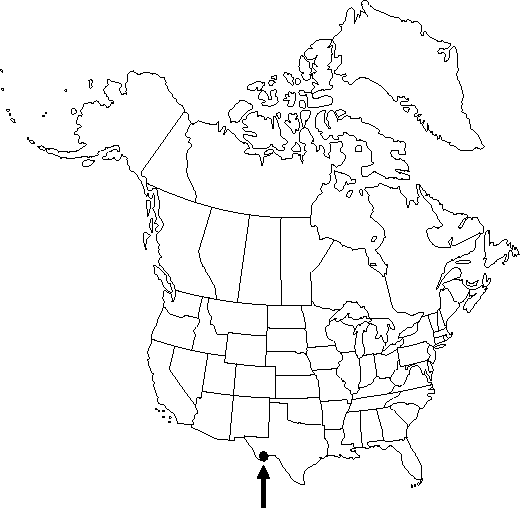Difference between revisions of "Ostrya chisosensis"
Wrightia 3: 128. 1965.
imported>Volume Importer |
imported>Volume Importer |
||
| Line 59: | Line 59: | ||
|publication year=1965 | |publication year=1965 | ||
|special status=Conservation concern;Endemic | |special status=Conservation concern;Endemic | ||
| − | |source xml=https:// | + | |source xml=https://bitbucket.org/aafc-mbb/fna-data-curation/src/2e0870ddd59836b60bcf96646a41e87ea5a5943a/coarse_grained_fna_xml/V3/V3_811.xml |
|subfamily=Betulaceae subfam. Coryloideae | |subfamily=Betulaceae subfam. Coryloideae | ||
|genus=Ostrya | |genus=Ostrya | ||
Latest revision as of 22:51, 5 November 2020
Trees, to 12 m; crowns open, cylindric. Bark brownish gray, broken into narrow vertical strips. Twigs sparsely to moderately pubescent, without stipitate glands. Leaves: petiole glabrous or pubescent, without stipitate glands. Leaf blade broadly elliptic to elliptic-lanceolate, 3.5–5 × 2–3 cm, base narrowly rounded to cordate or cuneate, margins finely doubly serrate, apex obtuse to acute; surfaces abaxially sparsely pubescent, especially along veins. Inflorescences: staminate catkins 3–4 cm; pistillate catkins 0.8–1.5 cm. Infructescences 2–4 × 1.5–2.5 cm; bracts 1–1.8 × 0.5–1 cm.
Phenology: Flowering late spring.
Habitat: Streamsides and moist slopes in canyons
Elevation: 1500–2300 m
Discussion
Of conservation concern.
Ostrya chisosensis is endemic to Big Bend National Park, Texas. It appears to be related to O. knowltonii and to populations of hop-hornbeams in the mountains of western Mexico; the complex has not been studied in detail.
Selected References
None.
